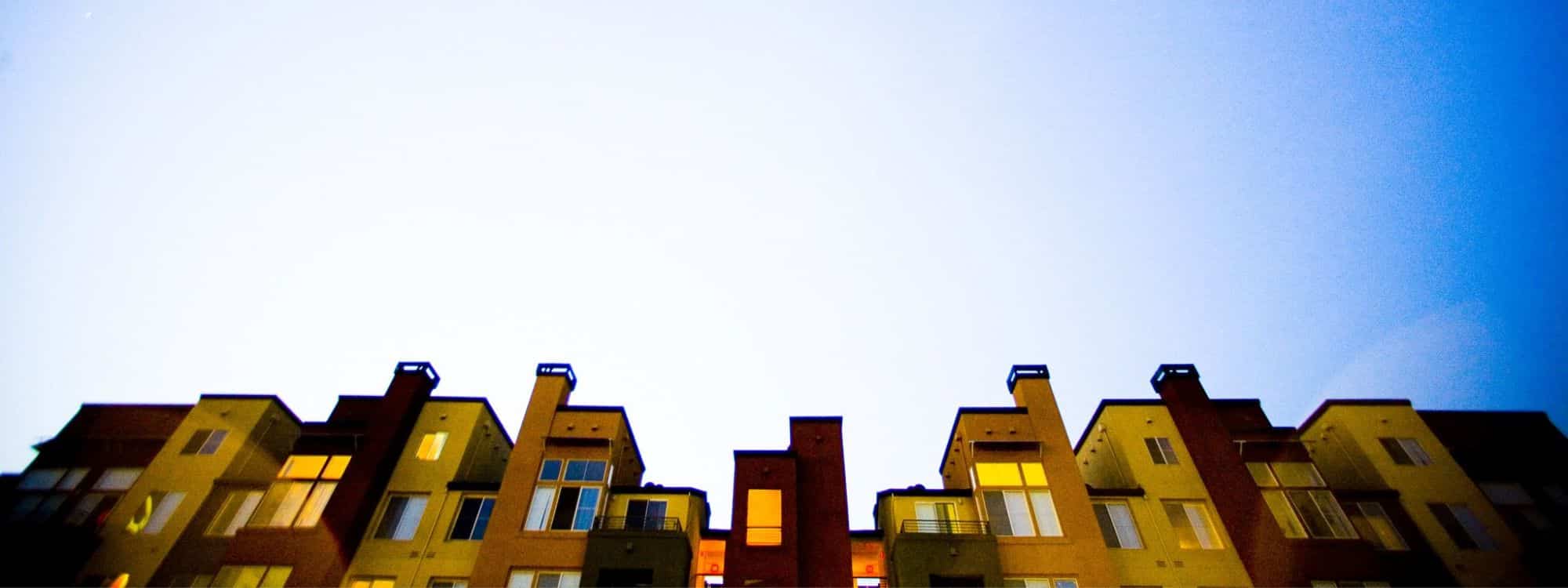Up to $20 billion could quickly go to “shovel-ready” affordable housing projects and create a positive impact on climate, environment, and Bay Area communities.
In November*, Bay Area voters could potentially have a transformational choice to address the region’s ever-worsening affordable housing crisis: a measure that proposes a bond of up to $20 billion that would help ensure the development of tens of thousands of new affordable homes throughout the nine counties of the region. On June 26, MTC commissioners will make a decision on whether to put the BAHA/BAHFA bond on the November ballot.
Greenbelt Alliance is proud to support the Bay Area Housing For All (BAHA) bond effort as part of a fast-growing, large coalition with over 40 members in support of this measure.
Continue reading for the breakdown of this new effort and join Greenbelt Alliance, Save the Bay, Transform, and others for a conversation on May 23, at 5 p.m., to go deeper into this topic. Sign up.
Addressing the Housing Crisis
The Bay Area is notorious for its exorbitant housing costs, which have far-reaching impacts on residents, our local economy, and community stability. Nearly half (45%) of all Bay Area renters are burdened, which means they spend over 30% of their household income on rent. Skyrocketing rents and home prices have displaced many long-time residents, forcing them to relocate to areas with fewer job opportunities and longer commutes, exacerbating socio-economic disparities, and increasing transportation-related greenhouse gas emissions.
The BAHA bond will help to reverse this trend by providing the necessary funding to complete affordable housing projects that have already passed through the rigorous design and approval processes. This immediate availability of shovel-ready projects ensures that funds will be rapidly deployed, accelerating the construction of new homes and delivering on its promises to those most in need in short order.
The BAHA bond, considered a “general obligation bond”, would be funded through ad valorem property taxes. A $10 billion bond would require a tax of $10.26 per $100,000 in assessed value—or about $100 per year for a million-dollar home, according to the BAHA website. The funds would be managed and distributed by the Bay Area Housing Finance Authority (BAHFA). Read more FAQs here.
A $20 billion Bay Area Housing Measure would:
- Produce and preserve upwards of 72,000 affordable homes. Over the lifetime of these developments, more than 800,000 households with low incomes will be housed.
- Create 46,000 jobs annually and generate $1 billion in state and local taxes and $2.3 billion in annual income in California.
- Leverage an additional $61 billion for affordable housing through federal, state, and private funding sources.
Environmental and Climate Benefits
In addition to addressing the urgent need for affordable housing, this regional bond substantially benefits our climate and environment. The construction of affordable housing in urban and suburban centers can significantly reduce greenhouse gas emissions by promoting higher-density living, reducing reliance on long commutes, and allowing us to preserve natural and working lands simultaneously.
Here is how:
- Reducing Emissions: Thanks to state laws and regional planning efforts, most affordable housing developments are strategically located near public transportation hubs and corridors, employment centers, and essential services. TransForm, a Bay Area transportation nonprofit, estimates that the bond could result in constructing more than 50,000 new affordable homes within half a mile of transit. By facilitating shorter commutes and increasing accessibility to public transportation, these projects can significantly reduce vehicle miles traveled (VMT) and, consequently, greenhouse gas emissions. This is particularly important in the Bay Area, where transportation is one of the largest sources of emissions.
- Preserving Open Space: As environmentalists, we advocate that one of the biggest threats to open space is a lack of affordable housing in our existing cities and suburbs. The BAHA bond will help mitigate urban sprawl by promoting infill development within urbanized areas. This not only preserves valuable open space and natural habitats but also reduces the environmental footprint of new construction. Compact, well-planned housing developments use land more efficiently, require less infrastructure, and have lower per capita environmental impacts compared to sprawling, low-density suburbs.
- Social and Economic Impacts: The BAHA bond’s focus on affordable housing is crucial for fostering social equity and economic stability. Providing secure and affordable housing allows residents to invest more in their local communities, support local businesses, and contribute to the overall economic health of the region. Furthermore, stable housing is a foundational element for improving health outcomes, educational attainment, and job stability for residents.
By ensuring that the Bay Area remains accessible to people from diverse economic backgrounds, the BAHA bond helps maintain the social fabric and cultural richness that define the region. Affordable housing developments also play a critical role in preventing homelessness, offering vulnerable populations a chance to rebuild their lives with dignity and stability.
Roadmap to Housing
The Bay Area Housing For All (BAHA) bond is more than just a new funding source for affordable housing: it’s a roadmap to create a more equitable, sustainable, and resilient Bay Area. By providing the necessary funding to complete hundreds of ready-to-build affordable housing projects in climate-smart areas, the BAHA bond will not only address the pressing housing crisis but also deliver substantial environmental benefits.
For Bay Area voters concerned about social equity and environmental sustainability, supporting the BAHA bond in November 2024 should be the clear and compelling choice!
*Updated on June 3rd to clarify the ballot measure is not yet approved.





